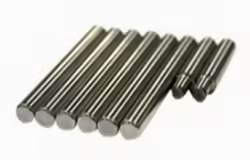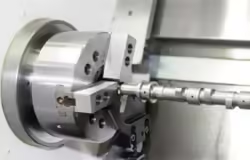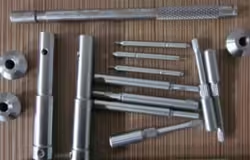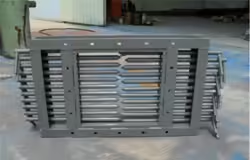
Steel Billet vs. Other Steel Forms: A Comparison
Introduction
In the world of metallurgy, understanding the various forms of steel is crucial for industries that rely on these materials for manufacturing. Among the numerous forms available, Steel ingot stands out as a foundational element in the production of various steel products. This article will explore the differences between steel billets and other steel forms, examining their properties, applications, and advantages. We will provide insights into how these forms are produced and their respective roles in different industries.
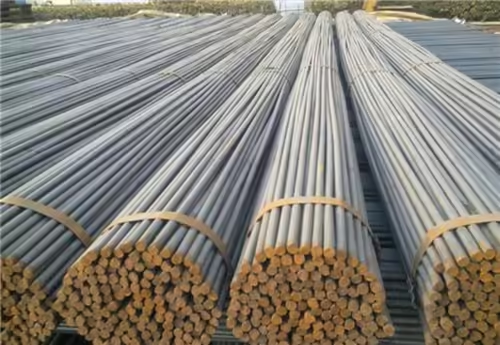
What is Steel Billet?
Steel ingots are semi-finished products obtained from the casting of molten steel. Typically, they have a square or rectangular cross-section and are primarily used as the starting point for various steel manufacturing processes, including forging, rolling, and extrusion. The characteristics of billets make them suitable for producing a wide array of finished products, such as bars, rods, and sheets.
Production Process of Steel Billets
The production of steel billets involves several key steps:
- Melting: Scrap metal or direct reduced iron (DRI) is melted in an electric arc furnace or induction furnace.
- Casting: The molten steel is poured into a continuous casting mold, forming a solidified strand.
- Cutting: The solidified strand is cut into manageable lengths, resulting in billets.
This process ensures a uniform structure, leading to consistent quality in the final products made from steel billets.
Comparison with Other Steel Forms
While billets are essential, they are just one of many forms of steel available in the market. Below is a comparison of steel billets with other common forms: sheets, plates, and bars.
Table 1: Comparison of Steel Forms
| Steel Form | Shape | Common Uses | Advantages |
|---|---|---|---|
| Steel Billet | Square/Rectangular | Bars, rods, and pipes | High strength and uniformity |
| Steel Sheet | Flat | Automotive, appliances | Lightweight and versatile |
| Steel Plate | Thick flat | Construction, shipbuilding | High strength and durability |
| Steel Bar | Round/Square | Construction, manufacturing | Excellent tensile strength |
Properties of Steel Billet
Steel ingots possess several key properties that make them advantageous in manufacturing:
- Strength: The manufacturing process results in a high-strength material, suitable for various applications.
- Versatility: Billets can be further processed into different shapes and sizes, making them highly versatile.
- Uniformity: The continuous casting process ensures a consistent composition, minimizing the risk of defects.
Applications of Steel Billet
The applications of steel billets are vast and varied. Here are some of the most common uses:
Construction Industry
Billets are widely used in the construction industry for producing rebar, which is essential for reinforcing concrete structures.
Automotive Sector
Billets are processed into various components, such as axles and frames, contributing to the overall safety and performance of vehicles.
Manufacturing
In manufacturing, billets serve as the raw material for a multitude of products, including machinery parts and tools.
Energy Sector
Billets are also crucial in the energy sector, where they are used to create components for power plants and renewable energy systems.
Advantages of Steel Billet Over Other Forms
Steel ingots offer several advantages when compared to other forms, such as sheets or plates:
Ease of Processing: Billets can be easily forged and rolled into various shapes, offering greater flexibility in manufacturing.
Cost-Effectiveness: The production of billets is generally more economical than that of other forms, making them an attractive choice for manufacturers.
Quality Control: The continuous casting process allows for better quality control, resulting in fewer defects in the final products.
Challenges and Limitations

Despite their many advantages, steel billets are not without challenges:
- Limited Size Options: Billets typically come in standard sizes, which may not meet all manufacturing requirements.
- Processing Costs: While billets themselves may be cost-effective, the additional processing required to convert them into finished products can increase overall expenses.
Conclusion
In summary, Steel ingots play a vital role in the steel industry, serving as a fundamental building block for various products. Their unique properties and versatility make them an essential choice for many applications, from construction to automotive manufacturing. While they have some limitations, the advantages of billets often outweigh these challenges, making them a preferred material in numerous industries.
Understanding the differences between Steel ingots and other steel forms is crucial for making informed decisions in material selection. As the steel industry continues to evolve, billets will likely remain a key player in the production of high-quality steel products.
FAQ
What is the main difference between steel billets and steel bars?
Steel ingots are semi-finished products that can be further processed into steel bars. Bars are typically the final product used in construction and manufacturing.
Can steel billets be recycled?
Yes, Steel ingots can be recycled, making them an environmentally friendly option in steel production.
What industries primarily use steel billets?
Steel billets are used in various industries, including construction, automotive, manufacturing, and energy.
How are steel billets different from steel sheets?
Steel billets are solid forms of steel, whereas sheets are thin and flat, often used for applications requiring lightweight and flexible materials.
What are the benefits of using steel billets in manufacturing?
Steel billets offer high strength, versatility, and uniformity, making them ideal for a wide range of manufacturing applications.
Are there different grades of steel billets?
Yes, billets come in various grades depending on the specific alloying elements and intended application.
How do production methods affect the quality of steel billets?
The production method, particularly the melting and casting processes, significantly impacts the quality and properties of billets, ensuring uniformity and strength in the final products.
By understanding the role of steel billets in the broader context of steel forms, industries can make better choices for their material needs, ensuring quality and performance in their final products.

